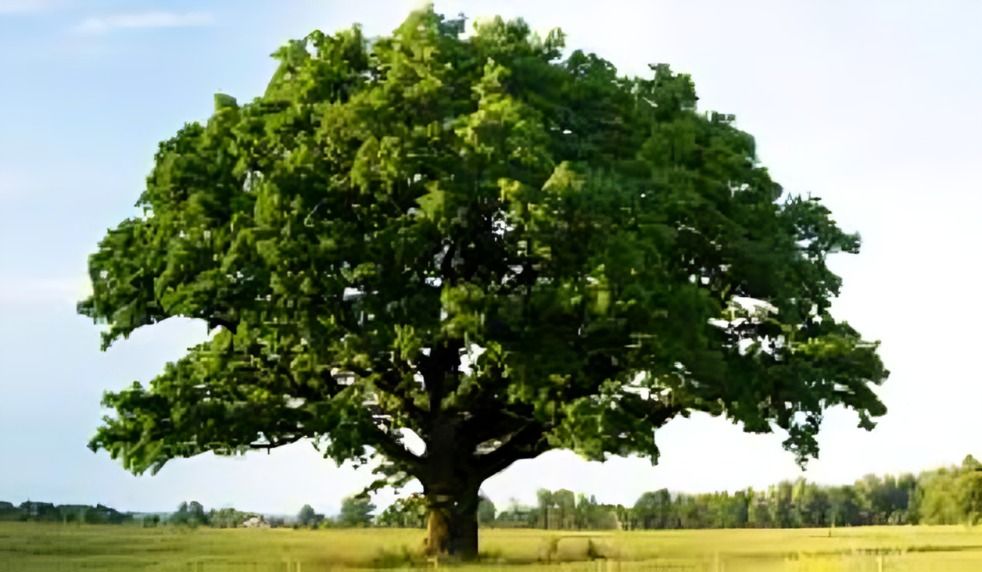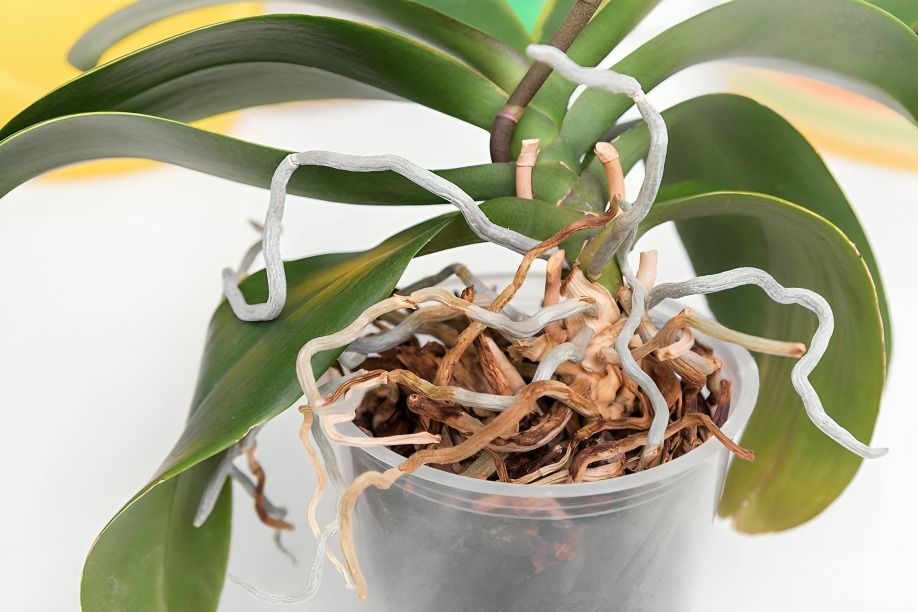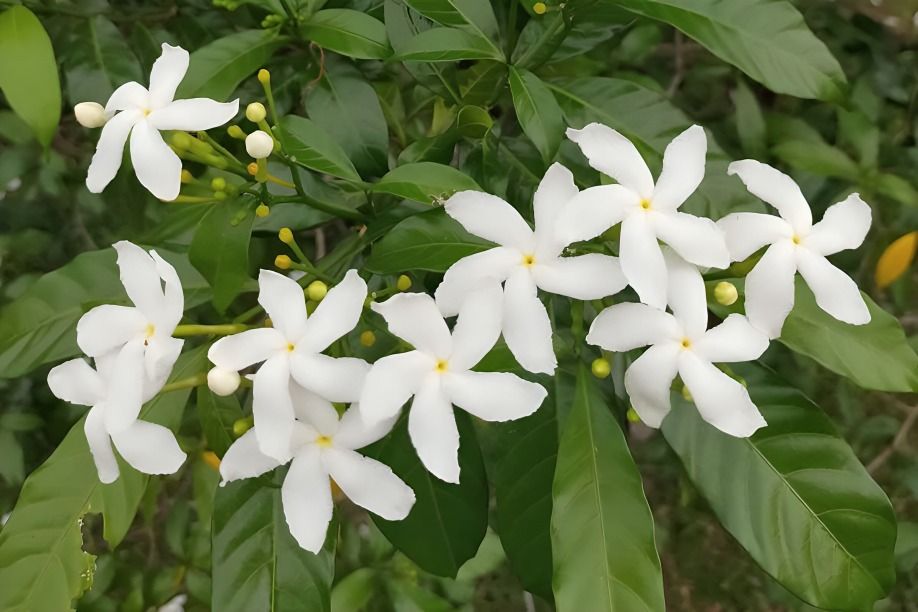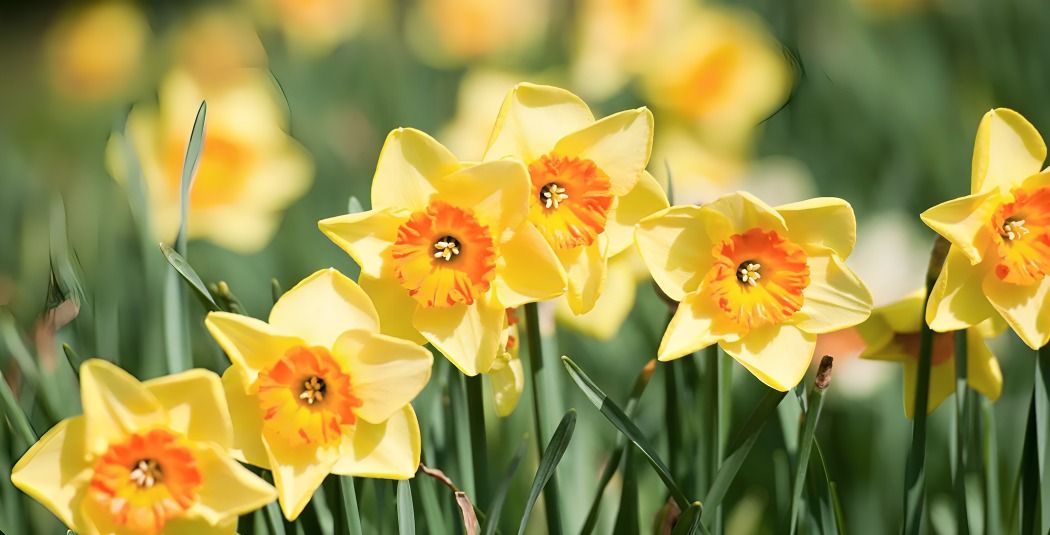
“
Plants are extraordinary living organisms that are vital in sustaining life on Earth. From their ability to convert sunlight into energy through photosynthesis to their remarkable adaptations for survival in diverse environments, plants exhibit fascinating traits and behaviors. This article explores some Fascinating facts about plants, revealing the wonders of nature and the essential role these green wonders play in our world.1
1
”
Rose oil, also known as rose essential oil, is one of the most expensive oils in the world. It takes about 2,000 rose petals to produce just one drop of rose oil! This precious oil is used in perfumes, cosmetics, and aromatherapy. 1
Peony flowers have a relatively short bloom period, typically lasting 7 to 10 days. However, peony plants can live for many decades, often thriving for over 50 years in the garden with proper care and conditions. 2
David Austin's Juliet Rose, renowned as the most expensive rose ever developed, took 15 years and a staggering £2.3 million to create. Unveiled at the 2006 Chelsea Flower Show, this iconic rose features a distinctive full cup shape and an exquisite apricot hue. 3

Oak trees are known for their long lifespan. Some oaks can live for over 1,000 years. The ancient Bowthorpe Oak in England is believed to be over 1,000 years old, making it one of the oldest oak trees in the world.
In 2014, Hans-Peter Schiffer of Germany set a record for the tallest sunflower, reaching an incredible height of 9.17 meters (30 feet 1 inch). This achievement marked his third time holding the impressive world record. 4
Did you know that tulips close their petals at night and on cloudy days? This behavior helps protect their pollen from moisture and cold temperatures, ensuring successful pollination during sunny days. 5
The Australian giant fern (Angiopteris evecta) boasts the world's most enormous fronds, with immense woody trunks up to 3 meters tall and fronds that can reach an astonishing 8 meters in length, making it a true giant in the fern family. 6
Maple trees are famous for producing delicious maple syrup. Did you know it takes 40 gallons of sap to make just one gallon of syrup? That's a lot of tree juice! 7
Cacti are well-known for their ability to store water. They have thick, fleshy stems that can hold large amounts of water, allowing them to survive prolonged periods of drought, which is crucial in the arid desert landscapes where they thrive. 8

Orchids often have aerial roots that absorb moisture and nutrients from the air. These roots help them thrive in their natural habitats, including trees and rocks, allowing them to flourish where soil is scarce or absent.
Surprisingly, a daisy is two flowers in one: the white petals form one flower; in contrast, the cluster of tiny yellow disc petals in the center, known as the 'eye,' constitutes another distinct flower. 9
Lavender has been used for its medicinal properties since ancient times. The Romans used lavender oil to treat wounds and burns, believing it had healing powers. It's still used in aromatherapy to promote relaxation and reduce stress. 10
Did you know some lilies are edible? The bulbs of certain species, like the tiger lily, are used in Asian cuisine. They can be boiled, baked, dried, or used in soups. However, not all lilies are safe to eat, so knowing which ones are edible is essential. 11

Did you know that many Jasmine flowers bloom at night? They release their enchanting fragrance in the evening, making the night air smell sweet and magical and providing a unique sensory experience under the stars.
Bamboo is one of the fastest-growing plants in the world. Some species can grow up to 35 inches (about 91 centimeters) daily! This incredible growth rate allows bamboo to form dense forests quickly. 12
Ivy plants are remarkably long-lived, with some capable of thriving for hundreds of years. Their durability and adaptability make them lasting in gardens and landscapes, symbolizing endurance and resilience through the ages. 13
Cacti are different from succulents, although all cacti are succulents, not all succulents are cacti. Cacti have specific adaptations, such as ribbed stems and spines, that distinguish them from other succulents. 14
The longest fresh-flower lei, made from 80,000 carnations, measured 5.01 km (3.11 miles) and was created by 120 volunteers in Chennai, India, on 2 January 2012. 15

Daffodils can bloom from six weeks to six months, depending on the growing conditions. Climate, soil quality, and care will influence the length of their flowering period, making them quite versatile in gardens.
The leaves of Eucalyptus trees are filled with aromatic oils that give off a distinctive scent, especially after rain. This characteristic aroma makes Eucalyptus trees easily identifiable. 16


